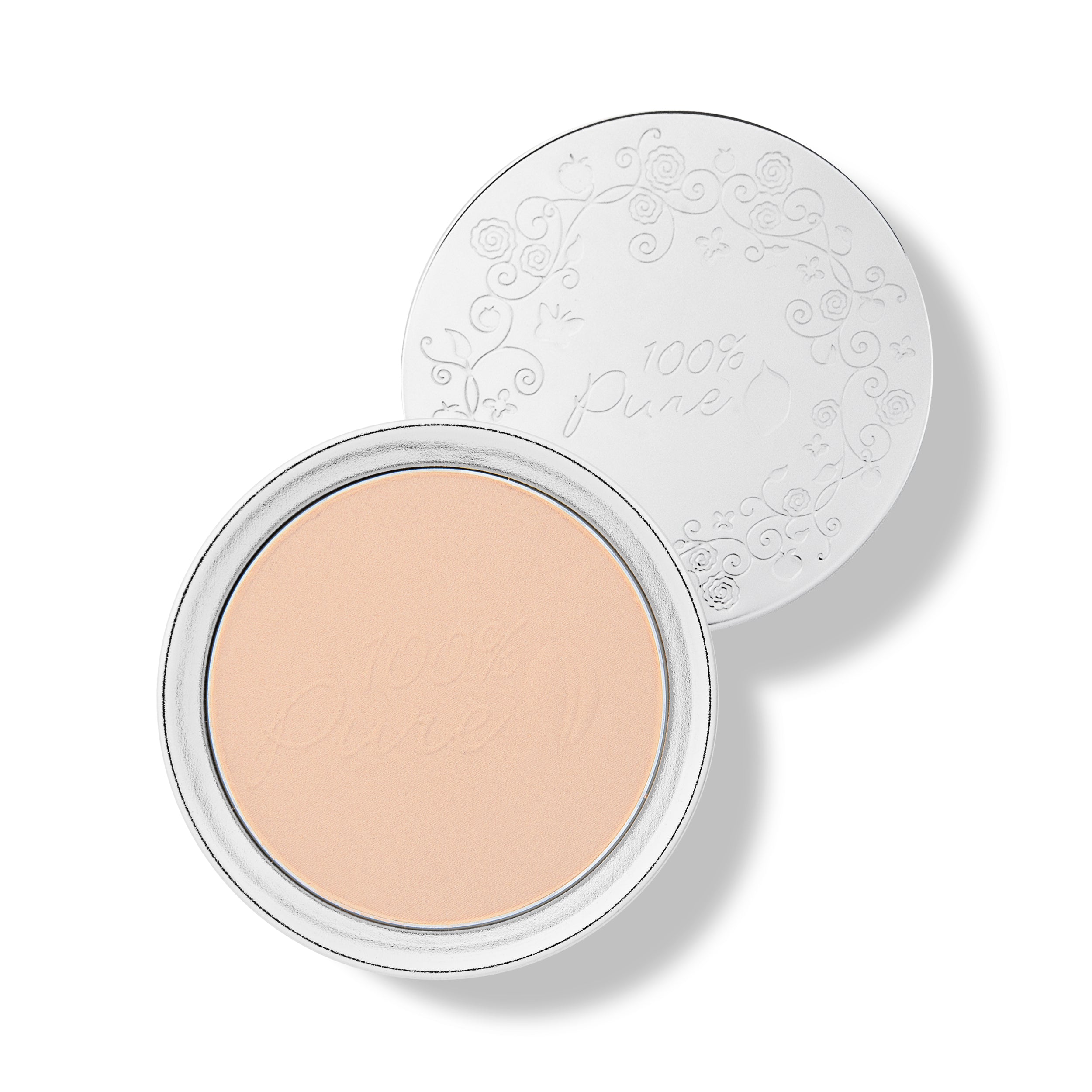Cranberry Pigment
Cranberry pigment is a natural food colorant derived from the juice or extract of cranberries. It has a deep red color and is used to add color and visual appeal to a variety of food and cosmetic products. Cranberry pigment is a rich source of antioxidants and has been found to have health benefits, such as reducing the risk of heart disease and improving gut health.
Cranberry pigment is produced by extracting the juice from fresh or dried cranberries and then processing it to concentrate the pigment. The pigment is then stabilized and turned into a powder or liquid form for easy use in food and cosmetic products. It is commonly used as a colorant in products such as juices, sauces, baked goods, and lipsticks.
Cranberry pigment is a safe and natural alternative to synthetic food colorants, which can be associated with adverse health effects. It is also a more sustainable option as it is derived from a renewable resource, unlike synthetic food colorants which are derived from petroleum. Cranberry pigment is also highly stable, resistant to light and heat, and does not fade or change color over time.
In conclusion, cranberry pigment is a versatile and natural food colorant with numerous health benefits. Its deep red color and ability to retain its color stability make it a popular choice for food and cosmetic products.
"Antioxidant and Antiproliferative Properties of Cranberry Pigment Extracts" (Food Science and Biotechnology, 2011)
"Cranberry Pigment Extracts: Characterization and Health Benefits" (Nutrition Journal, 2013)
"Cranberry Pigment as a Source of Natural Antioxidants" (Food Chemistry, 2014)
"Cranberry Pigment Extracts and Their Effects on Cardiovascular Health" (Phytotherapy Research, 2016)
"Cranberry Pigment: A Review of its Bioactive Compounds and Health Benefits" (Critical Reviews in Food Science and Nutrition, 2018)
"The Antioxidant Properties of Cranberry Pigment Extracts in Skin Care Products" (Cosmetics, 2019)
"Cranberry Pigment: A Natural Alternative to Synthetic Food Colorants" (Food Science and Technology, 2020)


